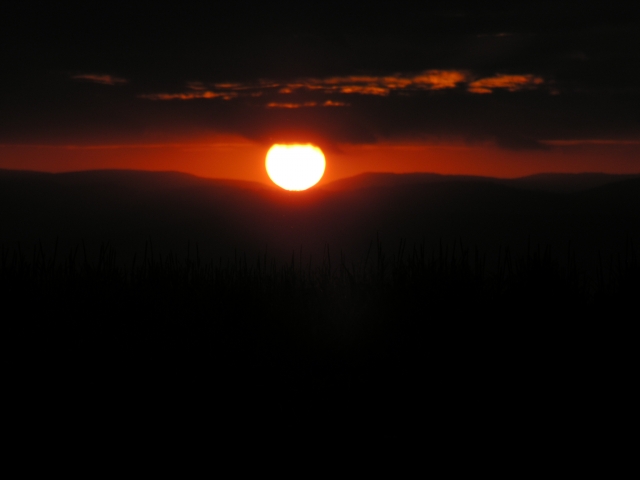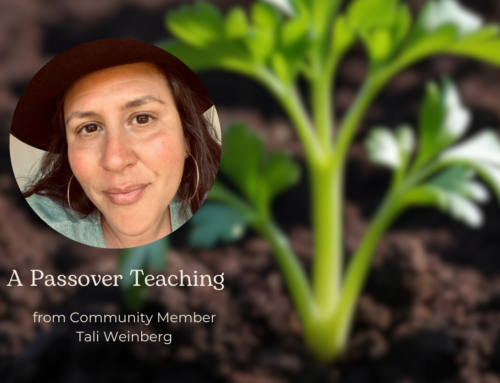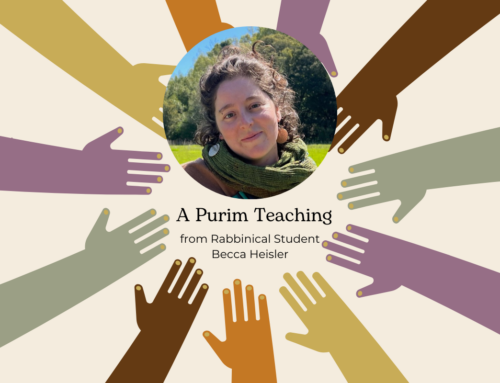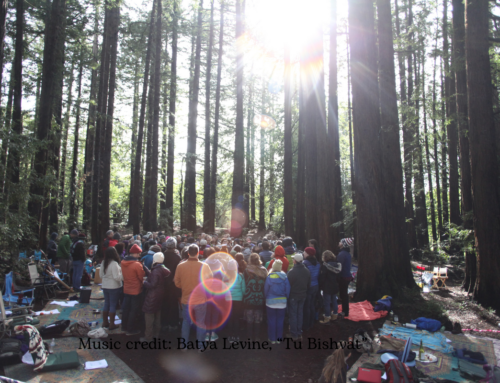by Zelig Golden
12 Tevet 5768 | December 21, 2007
In Va-Yechi, our creation story culminates with Jacob on his deathbed blessing his sons. (Gen. 49.) He highlights characteristics that are unique to each of his twelve sons, the fathers of our twelve tribes. According to Rashi, five of these blessings focus on the agricultural specificity of each tribe’s territory in the Land of Israel.
For Zevulun, Jacob promises that he “shall dwell at the edge of the sea. His will be a shore for ships…” (Gen. 49:13.) The Talmud Megillah tells how the beaches of Zevulun were home to the molluscs from which techelet dye (for the blue tallis thread) could be extracted. (Talmud Bavli Megillah 6b.) His territory was agriculturally poor but a lucrative resource for snail-farming.
Jacob’s blessing of Judah describes a land of vines and garments dyed with wines. (Gen. 49: 11.) For Issachar, “He saw a resting place, that it was good, and the land that it was pleasant,” (Gen. 49:15.) Rashi writes, “He saw that his part of the land was blessed and would produce good fruit.” (Rashi, Gen. 49:15, s.v. vayar minucha ki tov) Issachar, whose tribe’s destiny was immersion in Torah learning, was bestowed a place where fruits grew in abundance, making the food life easy and devotion to study practical.
As Rabbi Julian Sinclair teaches, Rashi shows us that each region of Israel has its own native crops, that each tribe, connected to different regions of the Land, is also connected to different crops – Judah grows grapes, Asher grows olives for oil, Issachar harvests fruit. A biblical Jew knew its food with a direct relationship to the place and the people who brought it forth from the earth.
Today, in modern Israel and the U.S., we have all but lost such intimate connection to the land, the source of our food. For over 100 years, the “Green Revolution” has brought us industrial agriculture and the global comodification of food. Yes, we eat mangoes in Berkeley, and we have abundance in January, but we have also lost a primal connection to our source.
It is striking that the Torah raises the land, food connection during this final story of Genesis. Due to famine, we have become dislocated from our land, beginning nearly two centuries of life in Egypt, most of which will be spent enslaved. The end of Genesis, thus marks a distinct movement toward the darkness.
In the first moments of the Torah, however, we are taught that from the darkness comes forth the light. (Gen 1:2-3.) Thus, our exile to Egypt is the planting of the seeds of our return to ourselves, and to our land. Likewise, our current disconnection from land is merely the ground upon which we are planting the seeds of renewed connection. This summer, for example, Chochmat Ha Lev piloted the first west coast Tuv Ha’Aretz (“best of the land”) program, connecting our community to Eat Well Farm to bring us fresh produce every week. And next December, Hazon (www.hazon.org), the organization that brings you Tuv Ha’Aretz, will bring the annual Jewish Food Conference, the heart of the Jewish Food Movement, right here to the Bay Area (Dec. 25-28, mark your calendars!).
As we pass through the winter equinox, literally the darkest time of the year, the Torah teaches us that even as connection to land is lost, we must remember and begin our return. Just as we begin our return to longer sunnier days, let Jacob’s blessing be a reminder to begin the return to our connection with land and food.





